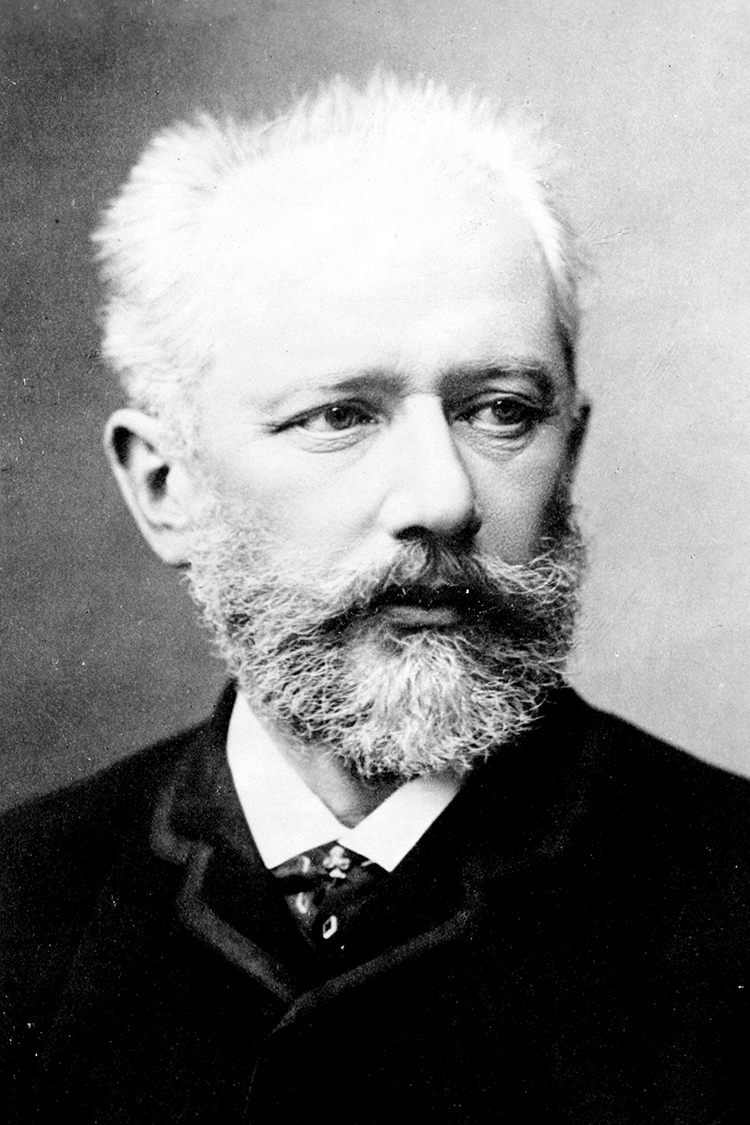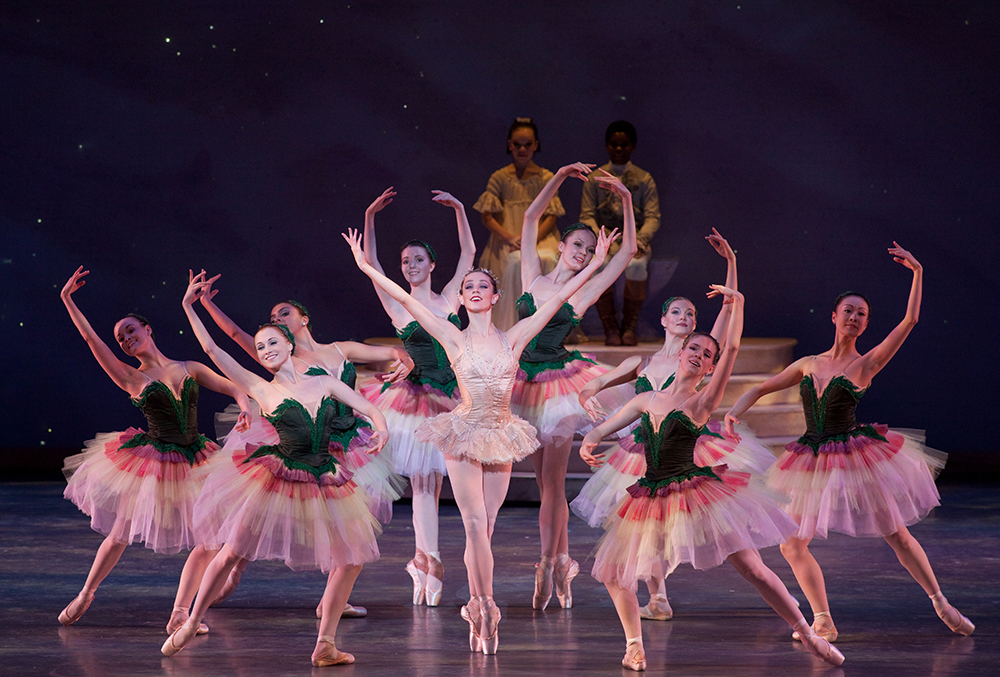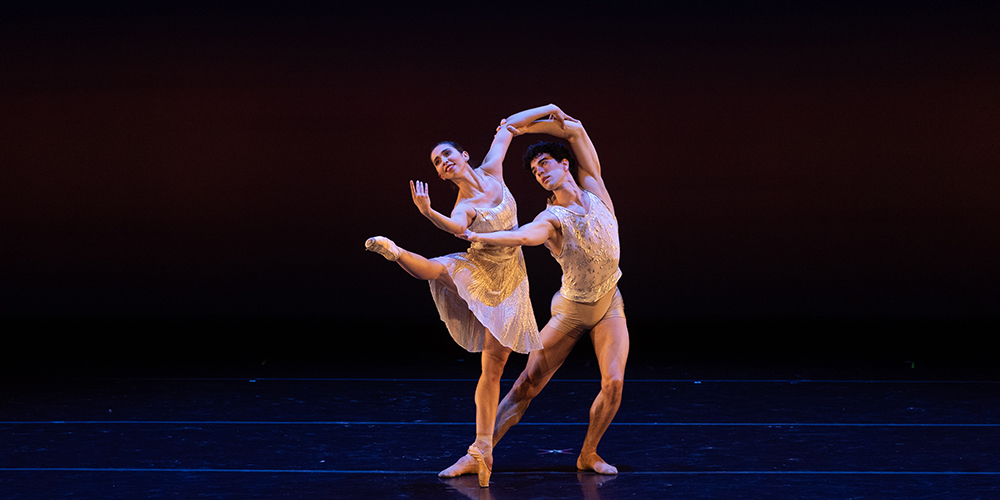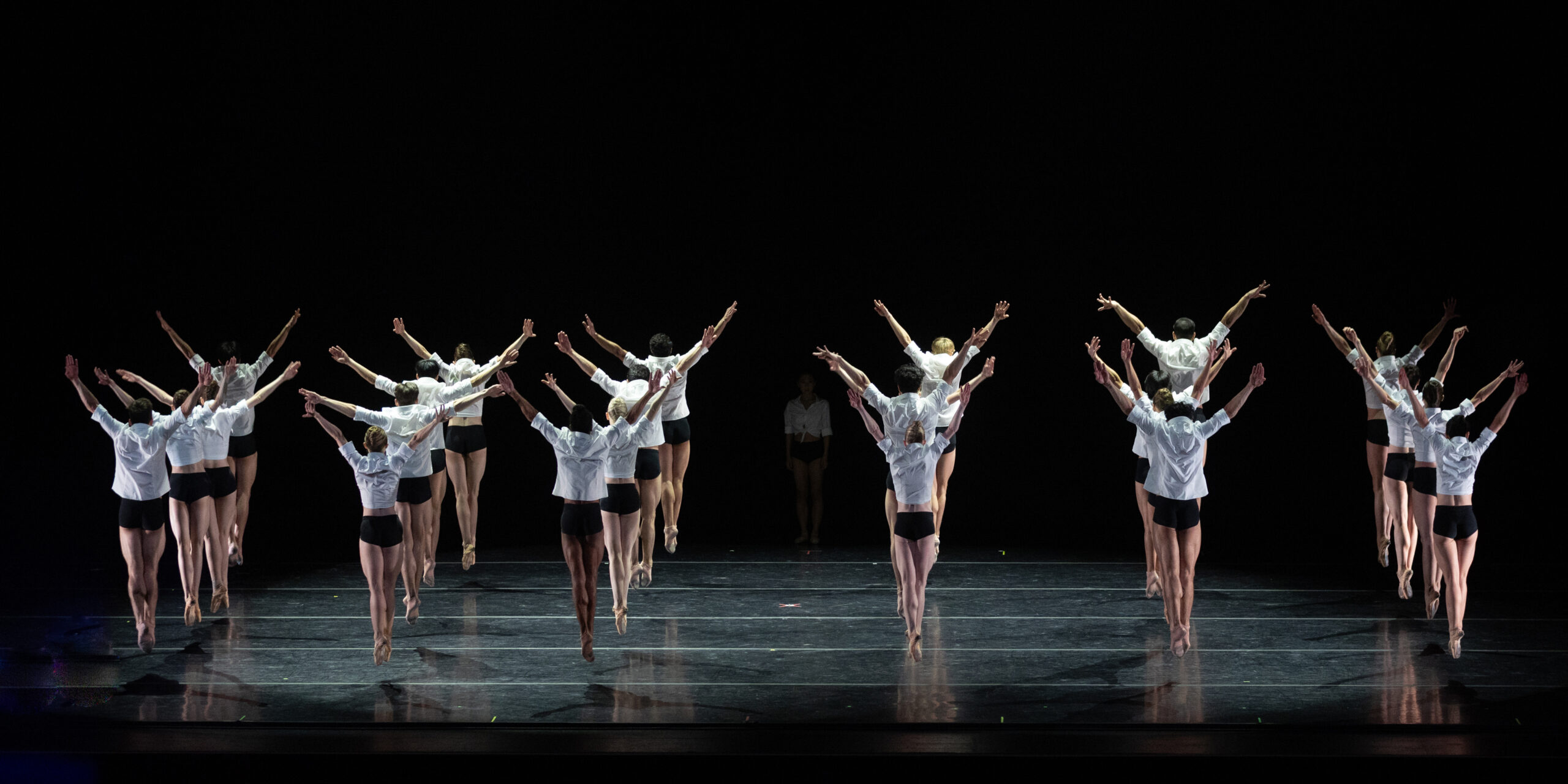The Composer Series: A look at Tchaikovsky

Whether you’re brand new to the world of ballet or an expert in the art form, the name Tchaikovsky will definitely ring a bell. A pioneer of his time, Pytor Ilyich Tchaikovsky, remains one of the most important names in classical music to this day.
Born on May 7, 1840 in Kamsko-Votinsky, Russia, Tchaikovsky began piano lessons at the age of 5. He proved to be quite proficient, reading sheet music at the same level as his tutor within the first three years. His family, however, had other plans for his future and sent him to study at the Imperial School of Jurisprudence, in the hopes of him becoming a civil servant. At the age of 19, Tchaikovsky graduated as a titular counselor, and was later appointed to the Ministry of Justice, serving as a senior assistant.
Regardless of his new career path, Pyotr’s musical aspirations never went away. Throughout his school years, he continued his piano studies and in 1861, he decided to enroll in a music theory course at the Russian Musical Society. Then in 1862, at the age of 22, Tchaikovsky enrolled at the Saint Petersburg Conservatory, beginning his formal music education, and was part of the conservatory’s premiere class. While there, he studied harmony, counterpoint, and composition. His education proved to be quite distinctive, as it included Western influences, setting his composition style and understanding of music in stark contrast to that of his fellow Russian composers.
Upon graduating in 1865, Tchaikovsky was offered a post as a Professor of Music Theory at the Moscow Conservatory which he happily accepted. During this time, his work made its first public debut at the Pavlovsk Park in Saint Petersburg, where they played Characteristic Dances, later titled Dances of the Hay Maidens. As the years passed, Tchaikovsky also took on the role of a music critic which allowed him to travel abroad, exposing him to all types of culture and music. In his reviews, he would praise Ludwig van Beethoven, take Robert Schumann to task for poor composition, and considered Johannes Brahms as overrated.
During the first decade after his graduation, Tchaikovsky composed his first three symphonies, the operas The Voyevoda, The Oprichinik, and Vakula the Smith, his immensely popular version of Romeo & Juliet, the String Quartet No. 1, and the Piano Concerto No.1 in B-flat Minor.
By 1876, Tchaikovsky’s music had gained popularity in Russia and across Europe. He then caught the interest of a wealthy widow, Nadezhda von Meck, who become his patroness and provided him with a regular monthly allowance. This allowed him to resign from teaching in 1878 and devote his life solely to composing and traveling abroad. His relationship with von Meck lasted for 14 years, until she abruptly cut off payments and all communication. However, the years spent under her patronage proved to be extremely beneficial for Tchaikovsky. Not only did he compose the opera Eugene Onegin, and Serenade for Strings (which George Balanchine used for his iconic ballet Serenade), but he also composed the ballets Swan Lake and The Sleeping Beauty.

In 1884, Tchaikovsky returned to Russia at the request of Tsar Alexander III. The tsar was so pleased with Tchaikovsky’s music that he was awarded a lifetime pension, making him the premiere court composer. This appointment only increased his celebrity and forced him into a more public life, despite his disdain such things. During this period, he began dipping his toes into conducting his own works and was in high demand throughout Russia and Europe. It would also be the reason for him traveling to the United States, where he conducted the New York Music Society’s orchestra at the inaugural concert at Carnegie Hall.
In 1892, the world was forever changed, although not known at the time, when Tchaikovsky composed the music for the ballet The Nutcracker. After his success with The Sleeping Beauty, he was commissioned by the director of the Imperial Theatres, Ivan Vsevolozhsky, to work again with Marius Petipa, and adapt E.T.A. Hoffmann’s story The Nutcracker and the Mouse King, into a ballet. The Nutcracker is considered Tchaikovsky’s most popular works, with notable pieces being the Russian Trepak, the Waltz of the Flowers, and the Dance of the Sugar Plum Fairy.
On October 28, 1893, Tchaikovsky’s Sixth Symphony, Pathétique, premiered in Saint Petersburg which he also conducted. Nine days later, he died at the age of 53, historically attributed to cholera, though there are some that still dispute this theory. Tchaikovsky’s legacy, however, is not disputed. Over the course of his lifetime, he composed 3 ballets, 11 operas, 8 symphonies, and 12 concertos, among a multitude of other orchestral and piano works, making him a true pioneer of the Romantic era.








